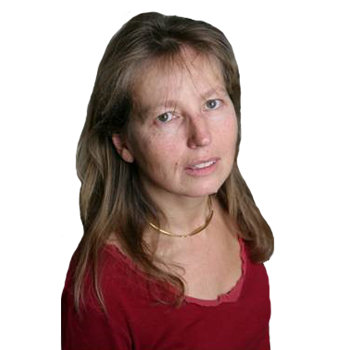

for the purpose-built Siemens factory making munitions components) and although a steady number of women were shot and gassed in order to meet extermination targets, the intention was to work the women in inhumane conditions until they became useless and then died. Although there were medical experiments on some of the women, the primary purpose of the camp was to provide slave labour (e.g. That took her to Ravensbrück, the only concentration camp specifically for women, and one which was set up in the beginning for dissidents, (Communists from within Germany and its occupied territories, pacifist Jehovah’s Witnesses and the Polish resistance) and people who did not conform to the Aryan ideal – people who were intellectually and physically disabled, the Romani (gypsies), a-socials (prostitutes and habitual criminals) and Jews. Helm tells us that after the war, Atkins went searching in Germany for her missing agents, 100 of whom were Missing Presumed Dead, and twelve of whom were women. Many Australians will know about this woman who despatched female agents into France for the British Special Operations Executive (SOE), from the portrayal of Hilda Pierce in the TV series Foyle’s War or Miss Moneypenny in the James Bond novels and films.

Sarah Helm became interested in the Ravensbrück Concentration Camp when she was writing A Life in Secrets, Vera Atkins and the Missing Agents of WW2. There’s a quiet courage between the pages of this book, not to be dismissed because it is of a different order to the heroism among the victims whose fate the reader comes to know. Sarah Helm’s intention was to rescue the historical truth of a forgotten atrocity, but it must have been a gruelling project. Towards the end of this harrowing book, when I just wanted the horror to end, I found myself considering the effect of writing it on its author.


 0 kommentar(er)
0 kommentar(er)
